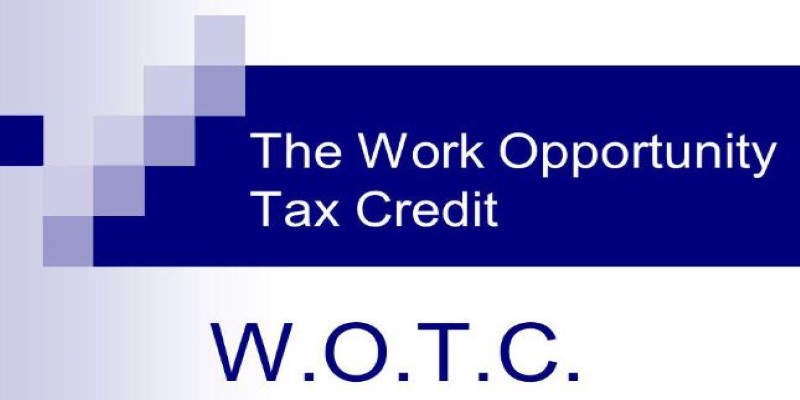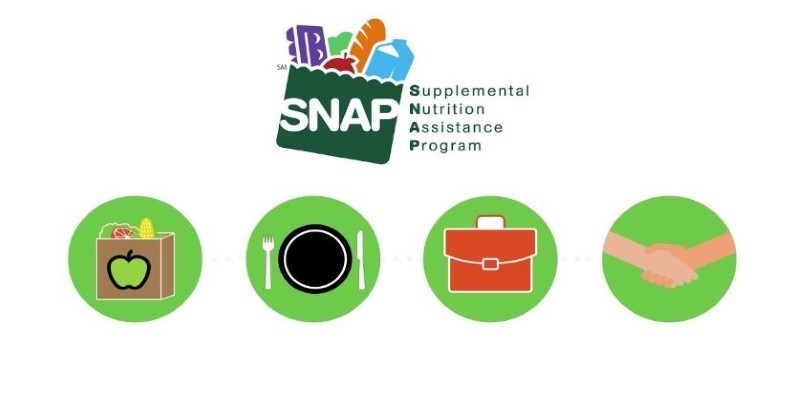Is the Work Opportunity Tax Credit (WOTC) Right for Your Business? An In-Depth Guide
Dec 13, 2024 By Pamela Andrew
Navigating tax credits can feel like a maze, but some credits offer more than just financial perksthey create real social impact. The Work Opportunity Tax Credit (WOTC) is one of those rare incentives. Designed to reward businesses for hiring individuals who face obstacles in the job market, WOTC aims to bridge gaps in employment and bring diverse talents into the workforce.

By understanding how WOTC works, who qualifies, and what benefits (and challenges) it brings, companies can make smarter, more meaningful hiring decisions that strengthen both their bottom line and their communities.
What is the Work Opportunity Tax Credit (WOTC)?
The Work Opportunity Tax Credit is one of the federal tax incentives used by the federal government to incite businesses to hire targeted groups with employment barriers, such as veterans, ex-felons, or long-term unemployed people. The tax credit encourages employers to diversify their workforce, thereby creating an array of skills in their workplace with added economic benefits.
Eligible businesses can earn a credit of up to $9,600 per qualifying hire, depending on the employee category and hours worked. Administered by the IRS and the Department of Labor, this program helps both small and large businesses reduce their federal tax liabilities. Ultimately, WOTC serves as a bridge, connecting employers with skilled individuals from underrepresented communities.
Eligibility for the WOTC: Employers and Targeted Groups
Eligibility for the WOTC extends to businesses of any size as long as they hire individuals who belong to designated target groups. These target groups represent people who may experience difficulty obtaining employment for various reasons, ranging from economic hardship to other socio-economic challenges. Notably, employees from these groups can be found across the country and encompass a range of backgrounds.

Some of the main target groups include veterans, long-term unemployed individuals, Supplemental Nutrition Assistance Program (SNAP) recipients, Temporary Assistance for Needy Families (TANF) recipients, ex-felons, and residents of designated low-income areas. Each of these groups has specific qualifying criteria, often based on the individual's background, financial situation, or the geographic area in which they live. For instance, eligible veterans must typically fall under certain service-connected disability statuses or have been unemployed for a particular duration before hiring.
The employer's role in verifying eligibility involves submitting Form 8850 to their state workforce agency within 28 days of the employees start date. This form, along with other supporting documentation, confirms that the new hire meets WOTC eligibility requirements. Once confirmed, the business can then proceed to claim the credit on its annual tax return.
Pros and Cons of the Work Opportunity Tax Credit
While the WOTC offers numerous advantages for employers and job seekers alike, it's essential to weigh its benefits against some potential drawbacks. Understanding the pros and cons can help businesses make informed decisions about whether to participate in the program.
Pros
The Work Opportunity Tax Credit (WOTC) offers significant financial benefits to businesses by reducing federal tax liabilities, which can offset hiring costs and support workforce expansion, particularly for small businesses. The WOTC enables companies to hire from a diverse candidate pool, promoting inclusivity and adding fresh perspectives and skills to the workplace.
This not only enhances workplace culture but also boosts the companys reputation, demonstrating a commitment to social responsibility. Additionally, WOTC supports economic mobility by helping marginalized individuals gain stable employment, which contributes to poverty reduction and decreases reliance on social welfare programs.
Cons
Despite its benefits, the WOTC presents challenges, such as the administrative burden of verifying employee eligibility, which involves detailed documentation and adhering to strict deadlines like the 28-day window for submitting Form 8850. Retention is another concern, as theres no assurance employees will stay long-term, which can reduce the effectiveness of the credit.
Furthermore, the WOTCs reliance on congressional reauthorization creates uncertainty, making it less reliable as a long-term hiring strategy. Changes in legislation can alter eligibility requirements or credit values, affecting consistency and predictability for businesses relying on the program.
Applying for the WOTC: Steps and Considerations
Applying for the WOTC requires careful attention to detail and adherence to specific steps to ensure eligibility and compliance. For a business interested in participating, the first step is identifying potential hires who may fall into one of the designated target groups. Once a candidate has been hired, the employer must submit IRS Form 8850 to the relevant state workforce agency. This form must be submitted within 28 days of the employee's start date to qualify for the credit.

Once Form 8850 is submitted, the state workforce agency evaluates the information and confirms whether the employee meets WOTC criteria. Depending on the target group, additional documentation, such as Form 9061 or 9062, may also be necessary. Employers must maintain records and documentation for at least four years in case of IRS audits, which is another administrative layer that companies need to consider.
After receiving certification, businesses can claim the WOTC on their annual tax returns using IRS Form 5884. This form helps to calculate the exact amount of credit available based on the hours worked by each qualifying employee. Typically, the credit amount is calculated as a percentage of the first-year wages paid to qualifying employees, up to specific limits based on the target group.
Conclusion
The Work Opportunity Tax Credit offers more than just a reduction in tax liabilityits a pathway to a stronger, more inclusive workforce. By hiring individuals from underrepresented backgrounds, businesses can make a lasting impact on communities while benefiting from financial savings. Though the program requires effort and paperwork, many companies find the rewards worth the effort, creating value beyond their balance sheets. In choosing WOTC, employers arent just hiringtheyre helping to build a workforce that reflects and supports a diverse society. With careful planning, WOTC can be a win-win for businesses and communities alike.








